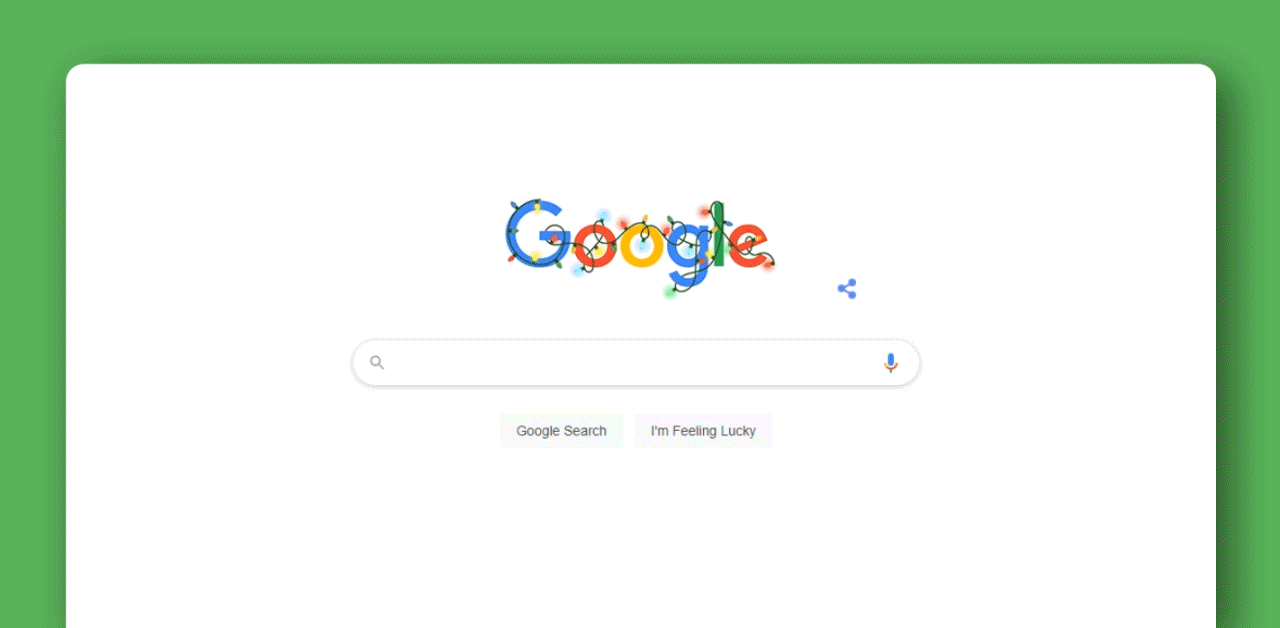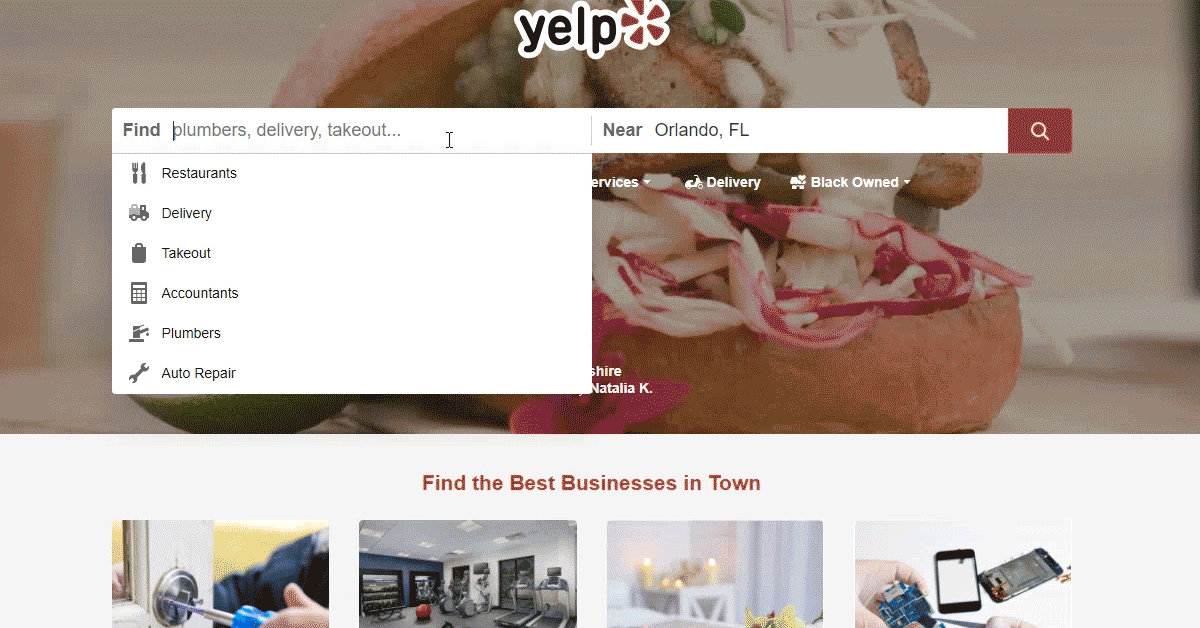The Secret to Writing Effective Inbound Blog Content
(last updated May 2, 2022)
Right off the bat: the big secret to modern blog writing? Its purpose is to serve your clients.
Before anything else, your blog (or resources page on your website) should:
- highlight solutions to your customer’s challenges,
- help them diagnose the roots of their troubles, and
- solve for their pain points.
In other words, when choosing topics for your blog, think about what information your customers could really use and write articles about it from what you know, create, sell, or do in your business.
Hint: It’s not about your business. It’s about them.
Think about it.
When you Google “why does my cat steal my toothbrush” (yeah, we just made that up from this cute cat pic from Canva. Cats don't steal anything but hearts, friends), you’re not looking for a vet.
You’re looking for answers and solutions.
Veterinarians often have blogs, and if that vet has written effective blog articles on cat behavior, Google recognizes when the information is helpful, relevant, and clear and will place the article first on its rankings where you find it, read it, learn something, hide your toothbrush, and find a good vet in the meantime.
See how that works?

Helpful articles that solve your customer’s problems build brand trust and relationships. Plain and simple.
Wouldn’t you choose a business offering up its knowledge to you with a spirit of service? Absolutely.
So, first, begin with service as your purpose for writing, then follow these few good rules to ensure that your blog is truly helpful and can be found easily by the Google gods, too.
Pro Tip: Make sure to write a clear call-to-action (CTA) at the end of your articles to make sure people can easily find you and connect with your team.
Speak to Your Audience
Writing to your audience—AKA your buyer personas—is key if your objective is to appeal to your prospective customers' needs with your blog.
Your buyer personas are a major tenet of inbound marketing content, so if you’re not sure who your customers are exactly, figure that out first before creating more content.
If you need help with that aspect of your marketing, we’re happy to help.
Pro Tip: Ask yourself who your North Star customer or client is. That’s a really good start.
Speak to Your Brand
Your brand should project an image of your product or service, what it can do for your customer, and its mission.
Your blog content should consistently reflect that brand messaging in its tone, style, and presentation.
Create/Get a Style Guide
Readers notice punctuation, grammar, word usage, and spelling, so make sure you pay careful attention before you publish.
If you have more than one person writing your articles, they’re bound to have different ideas about usage and even grammar.
To remain consistent, choose a style guide that fits your industry (remember AP and Chicago Style Manuals from school? Yes, that).
You can also create your own. The point is to establish some ground rules so you can stay consistent.
Pro Tip: Get Grammarly. It’s a free Chrome extension that checks your grammar, spelling, punctuation, and even your style and tone in real-time as you type. Just make sure to have a copywriter go through the copy after the automated proof. Robots are not always right.

Edit. Again.
Before you publish, close the article, wait an hour, and then give it one more careful read.
Sometimes, just getting a small amount of time away from the piece can give you some added perspective that will allow you to revise in a way that adds value to your customers.
Also, take these actions seriously:
- Spell-check: Spelling and grammar checks on writing programs such as Word, Google Docs, Grammarly, and HubSpot CMS are fantastic, but they aren’t perfect. Make sure you go over your article with a fine-tooth comb before you hit that publish button.
- Click on your links: Make sure everything is still working since the time you applied links to your copy.
- Read aloud: Scanning for errors, tone shifts, or clarity won’t catch those issues. If you read the copy aloud, you’re more likely to read every word. This strategy allows you to catch problems that seem correct when you scan the document with your eyes.
At the end of the day, a blog article written clearly and concisely in the spirit of service to your clients will find its mark.
Takeaway
Gone are the days when you just had to repeat keywords as many times as possible to get Google to rank your blog.
Now, your articles must be helpful, clear, and relevant to your customer’s inquiry. It’s part of their journey toward your business. Trust it.
In short, well-written, helpful, relevant information from a business interested in helping its clients first and foremost is what “gets the give” from Google and your customers.
Want to know more about how we give big at Growth? Set up a meeting with our expert team to find out how we can help your business grow.
Explore More Insights: Related Blog Posts
-
 SlackApr 14, 2021
SlackApr 14, 2021 Katrina Horne
Katrina HorneCommunicating + Collaborating Better with Slack
(last updated May 20, 2022) Slack professes its platform to be the future of business communication, and we...
-
 SEOJun 4, 2020
SEOJun 4, 2020 Ashley Lilly
Ashley LillyHow much does SEO cost?
Last Updated January 22, 2021 Everyone’s website needs SEO but how do you know how much to pay or who to...
-
 Inbound MarketingDec 18, 2020
Inbound MarketingDec 18, 2020 Ashley Lilly
Ashley LillyAre you Utilizing Google My Business to its Full Potential?
There are so many ways to increase awareness for your brand, business, or company. But when it comes to your...
-
 CRMFeb 28, 2024Rick Barcellos
CRMFeb 28, 2024Rick BarcellosHubSpot Professional vs. Enterprise: Empowering Your Business Growth
In today's fast-paced digital environment, selecting the right CRM platform can significantly impact your...
-
 Sales EnablementMar 25, 2020
Sales EnablementMar 25, 2020 Growth Marketing Firm
Growth Marketing FirmDon’t Quarantine Your Marketing – Let Your Business Bloom
Don’t quarantine your marketing because pressing pause on your business is not an option. The coronavirus has...
-
 Inbound MarketingDec 15, 2020
Inbound MarketingDec 15, 2020 Ashley Lilly
Ashley LillyEngaging Content: How It Brings Value to Your Business
(last updated May 4, 2022) If you’ve been asking yourself if engaging content is valuable for your business,...
-
 Inbound MarketingApr 13, 2021
Inbound MarketingApr 13, 2021 Ashley Lilly
Ashley LillyIs Your Business on Yelp?
Did you know Yelp averages more than 178 million unique visitors every month across its mobile, desktop, and...
-
 SlackNov 18, 2021
SlackNov 18, 2021 Growth Marketing Firm
Growth Marketing FirmAsana + Slack Hacks for Improving Team Workflows
Updated March 25, 2022 If your workflow solution involves Asana + Slack, and you’ve ever wished you didn’t...
-
 Inbound MarketingSep 14, 2021
Inbound MarketingSep 14, 2021 Growth Marketing Firm
Growth Marketing FirmSEO Strategy: Optimizing Your Keywords
(Last updated September 23, 2022) Your prospects type specific words in a Google search when they're looking...

